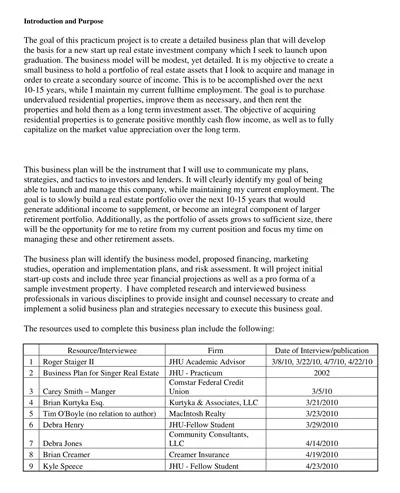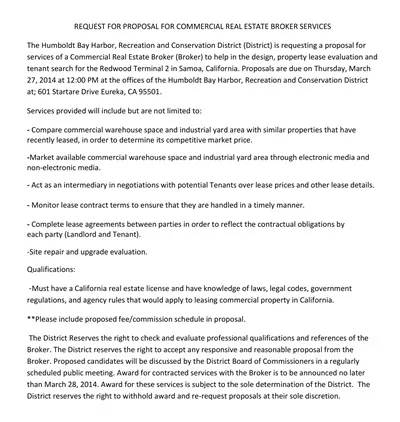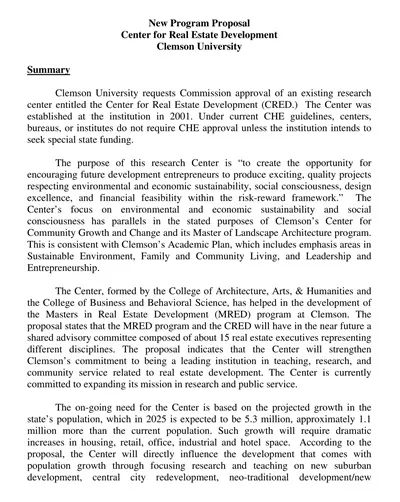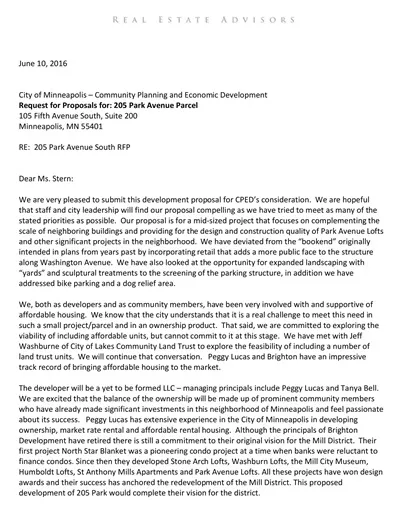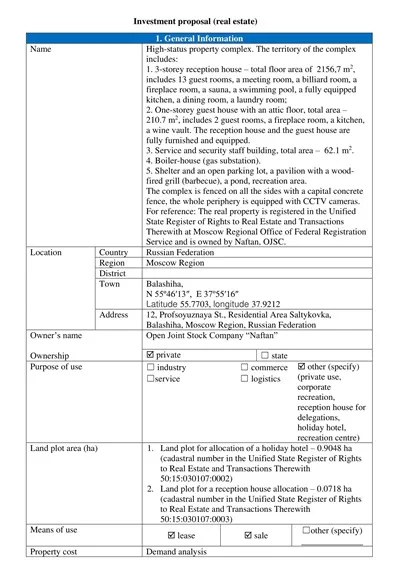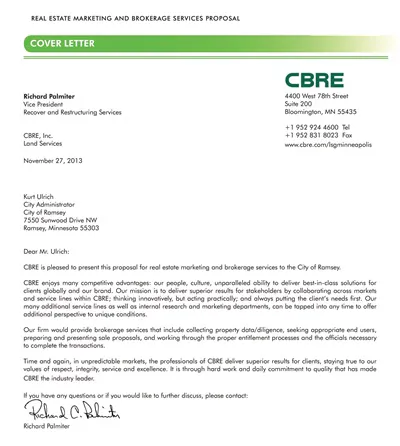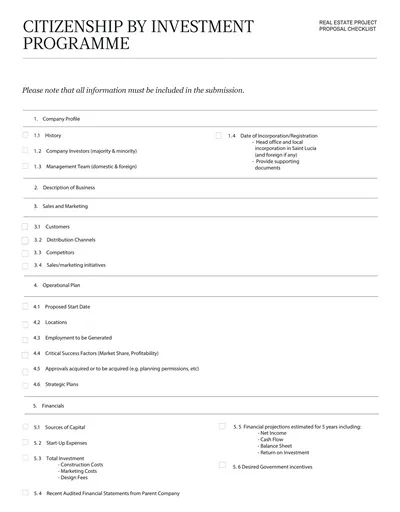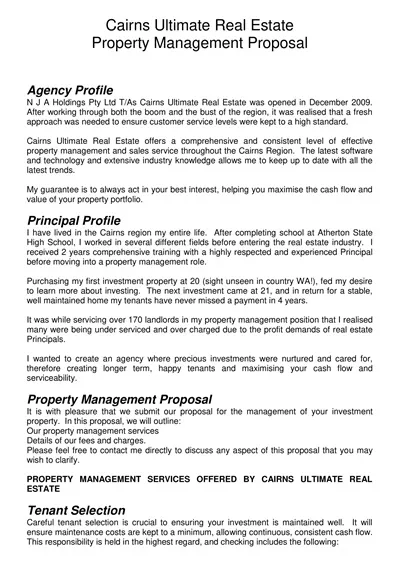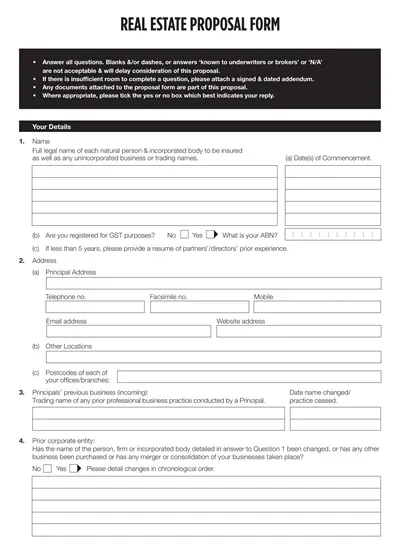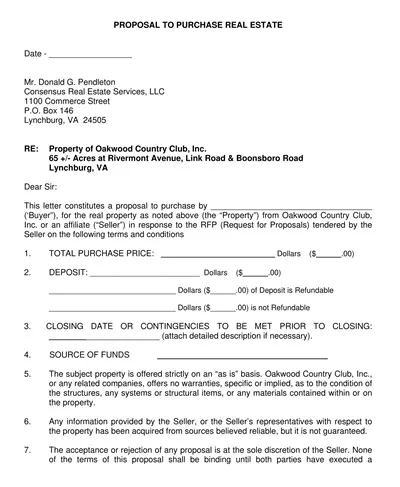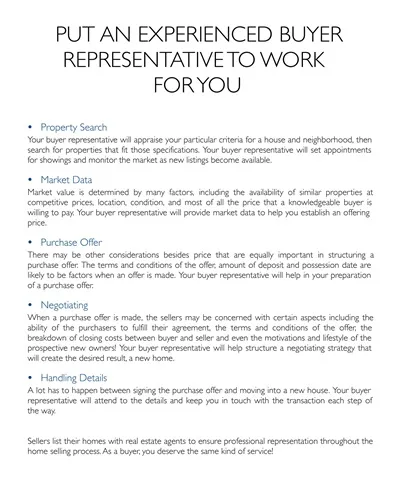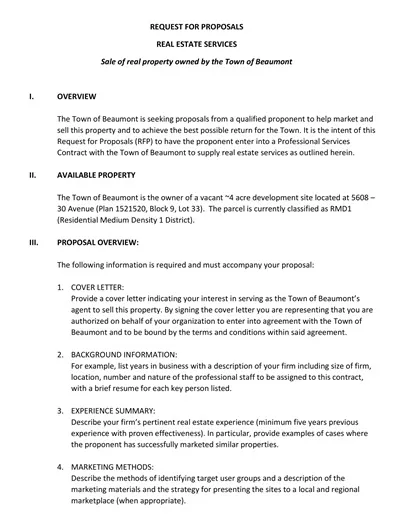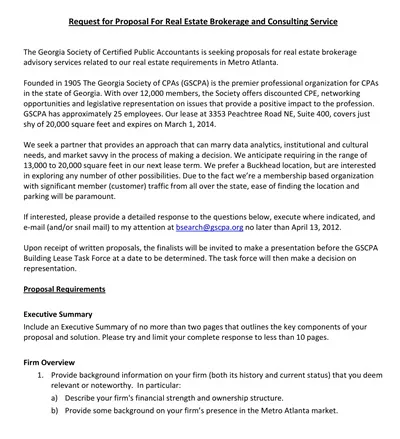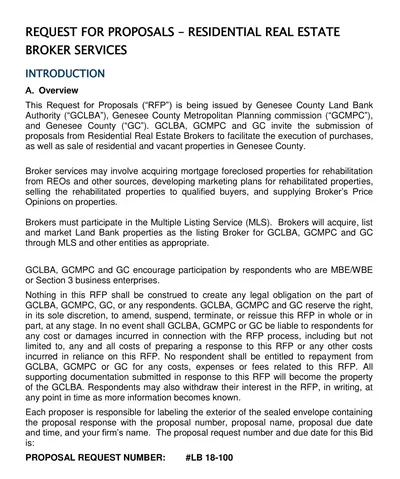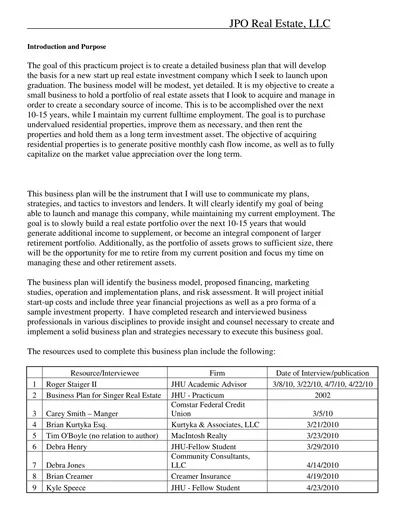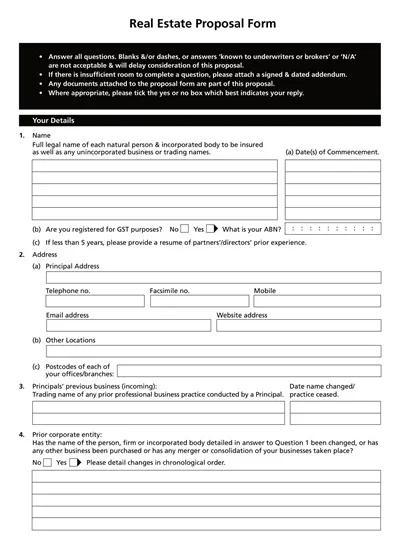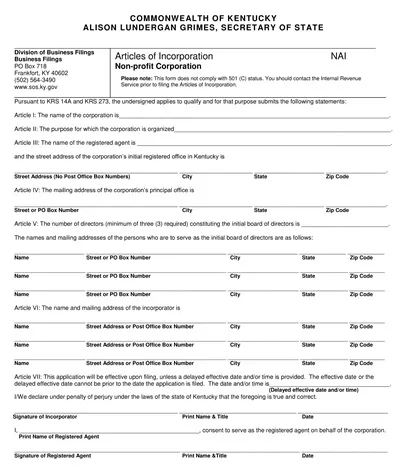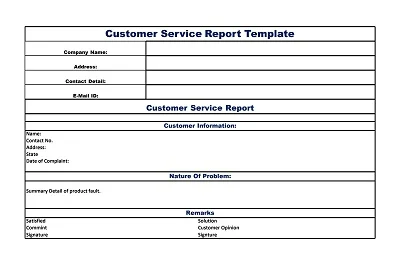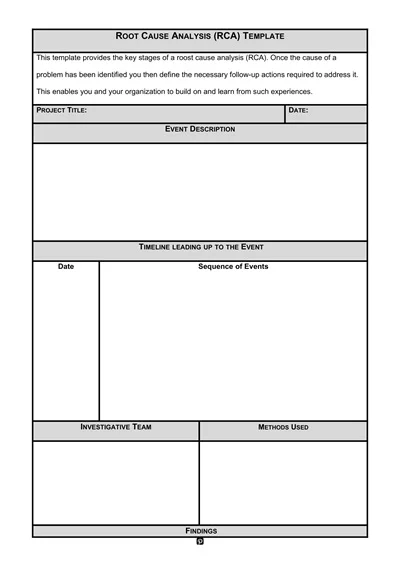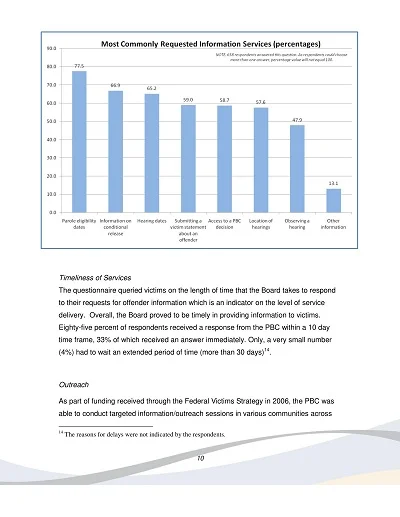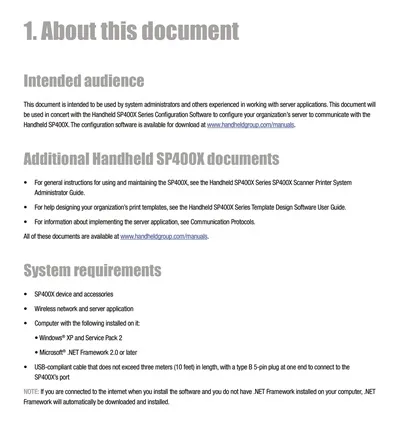A Real Estate Proposal Template is an official document for presenting extensive offers and plans specific to real estate operations. A real estate proposal consists of essential components that detail the property information, including objective statements, financial aspects, work deadlines, and specific requirements.
The template functions as an official and systematic platform for purchasing, leasing, development, or sale intentions regarding properties. The standardized structure of a real estate proposal improves negotiation transparency and efficiency, making it an important instrument for the real estate market.
Download Free Sample Real Estate Proposal Templates
What is a Real Estate Proposal?
A Real Estate Proposal is an official document that presents the rules and schedules with plans for real estate transactions or projects. A proposal presents an unambiguous and straightforward communication to potential buyers, sellers, investors, and collaborators concerning the desired goals.
The document consists of complete property details, projected schedules, funding terms, and the inclusion of alternate plans and unique requirements. A real estate proposal exists to build trust between parties as it shows professional conduct while establishing a stable platform for making decisions through negotiations. Real estate ventures need well-designed proposals to establish their fundamental framework for acquisitions and sales besides leasing and development purposes.
Components of a Real Estate Proposal
Multiple essential components form a well-structured real estate proposal for providing complete understanding. These components include:
- The executive summary begins with a summary that highlights vital elements and essential proposal points.
- The property description details all aspects of the site, including location data, dimensions, and amenities, with special considerations.
- This part illustrates the planned targets alongside the objectives for the transactional project. The proposal contains essential items regarding buying/selling price together with leasing terms and development plans.
- The proposal specifies its financial structure through this part, which covers purchase price arrangements or lease provisions. The document should specifically outline possible financial methods together with payment methods.
- Time frames require specific detail to help maintain expectations and hold people responsible for their commitments. The proposed duration for executing the transaction or project up to completion needs a clear definition in this section.
- Real estate proposals need to reserve provisions for unexpected issues because they can influence the outcome of proposed deals. The proposal must include details about anticipated contingencies and the corresponding resolution methods.
- Specific requirements that must be handled can appear in certain proposals depending on their nature. The document presents specific management strategies for all supplemental conditions that need attention.
Importance of a Real Estate Proposal
A properly written real estate proposal is a vital communication instrument to establish agreements that pave the way for prosperous transactions or project results. This document structures the presentation of essential details, which allows different parties to share an identical understanding of terms, expectations, and timeline specifications.
The proposal avoids misunderstandings by clearly defining important elements, including financial terms, additional conditions, and potential contingencies. The reference document status allows it to support decision processes while aiding negotiation actions. An all-encompassing proposal shows professional competence and creates trust among stakeholders, who are more likely to find mutually advantageous outcomes.
Tips for Writing a Real Estate Proposal
Real estate proposals require thorough analysis because they must align with specific goals and the planned deliverables from all key stakeholders. The following guidelines will help you handle the process:
1. Research the Market and the Client
A proposal requires precise market knowledge and awareness of client requirements to create solutions that fulfill their needs. Study current market data together with homes matching the client’s requirements to incorporate valuable knowledge into your proposal, which will capture the client’s attention.
2. Be Clear and Concise
Your message requires basic terms while you present your points with a structured presentation. The message should use simple language instead of high-level jargon, which may confuse readers about your points. You should describe your main terms and concepts so readers can maintain their attention on the most vital points of the contract.
3. Highlight Value Propositions
Describe all aspects that make your proposal unique while demonstrating how it benefits stakeholders. All specified value propositions, including advantageous terms, must receive front-and-center updates within the document structure. Your proposal becomes more appealing through the emphasis on its value propositions.
4. Provide Detailed Financial Information
The financial breakdown is the essential element of every real estate proposal. Content regarding pricing, financing possibilities, payment times, and complete monetary facts must be included. Transparency throughout the proposal helps build trust between parties, thus preventing future disagreements regarding necessary details.
5. Address Potential Contingencies
The transaction requires identifying potential contingencies so that prevention or mitigation planning can be planned. The real estate proposal should include specific information on inspection outcomes and authorizations for funding and municipal guidelines. Adding detailed contingency arrangements in the proposal shows you have performed extensive planning and boosts trust among stakeholders.
6. Include a Timeline
A defined timeline informs all stakeholders of their fundamental dates and target deadlines. The sequence includes inspections of properties through the negotiation period, leading to approvals until closing dates. Organizing timelines serves two purposes: first, to expect reasonable deadlines, and second, to maintain schedule alignment for the process.
7. Proofread and Review
A thorough review of all contents of the proposal must be done before any presentation occurs. Your document becomes more professional when error-free and presents your attention to detail. You should seek comments from colleagues or mentors to make your proposal as strong and effective as possible.
The tips in this document help generate real estate proposals that effectively express your ideas and establish trust, leading to better transaction results.
Role of Technology in Real Estate Proposals
Technology is the primary force that improves the efficiency and effectiveness of real estate proposal processes. Digital signature platforms make document handling easier by enabling secure remote signature execution of proposals and contracts. Property buyers can better picture homes through virtual tours and 3D renderings, and this capability extends your proposal to reach more potential customers.
The project management software enables real-time cooperation with stakeholders and provides tracking features to monitor progress and manage timelines, assuring transparent and smooth communication. Through technological implementation, real estate professionals can make their propositions more modern while shortening the process and delivering premium accessible experiences to their clients.
How to Create a Real Estate Proposal Template
Developing a complete real estate proposal template enhances efficiency by decreasing communication time and maintaining consistency among messages. The following sequence provides instructions for creating a professional template:
- A dedicated professional cover page requires all project details, such as agency name, property details, and branding information. Visual attractiveness on cover pages creates a professional perception that extends throughout the document.
- Your introduction must have an Executive Summary where you outline the essential components of your proposal with their corresponding benefits. The summary must be brief while maintaining enough power to engage the audience.
- At the beginning of this section, present information about the individuals providing the proposal or your agency, including their professional experience, qualifications, and notable accomplishments. This step results from a strong foundation of credibility and client trust.
- Provide Comprehensive Information Regarding the Proposed Works: Mention all relevant details regarding the stated property, such as its location, dimensions, and distinctive features. Include superior visuals, including images and videos, to advertise distinctive features of the property.
- This segment should include all proposal specifications, contractual obligations, monetary parameters, financing choices, and any other proposal-specific details. Provide full information and complete transparency so the parties can avoid future misunderstandings during the contract.
- As previously explained, specific emergency procedures must be created in case probable contingencies materialize. Relevant permits, alongside the necessary approvals, should be included in this section.
- The template should include a clear timeline because it helps both parties achieve consistent deadline targets for every key step.
- All proposal recipients should have effortless access to contact you by including your contact details at the document’s end. Any communication channels like email, phone, social media profiles, and website should be included in the proposal.
Following this format will let you produce a professional template that can be modified for various properties and clients.

